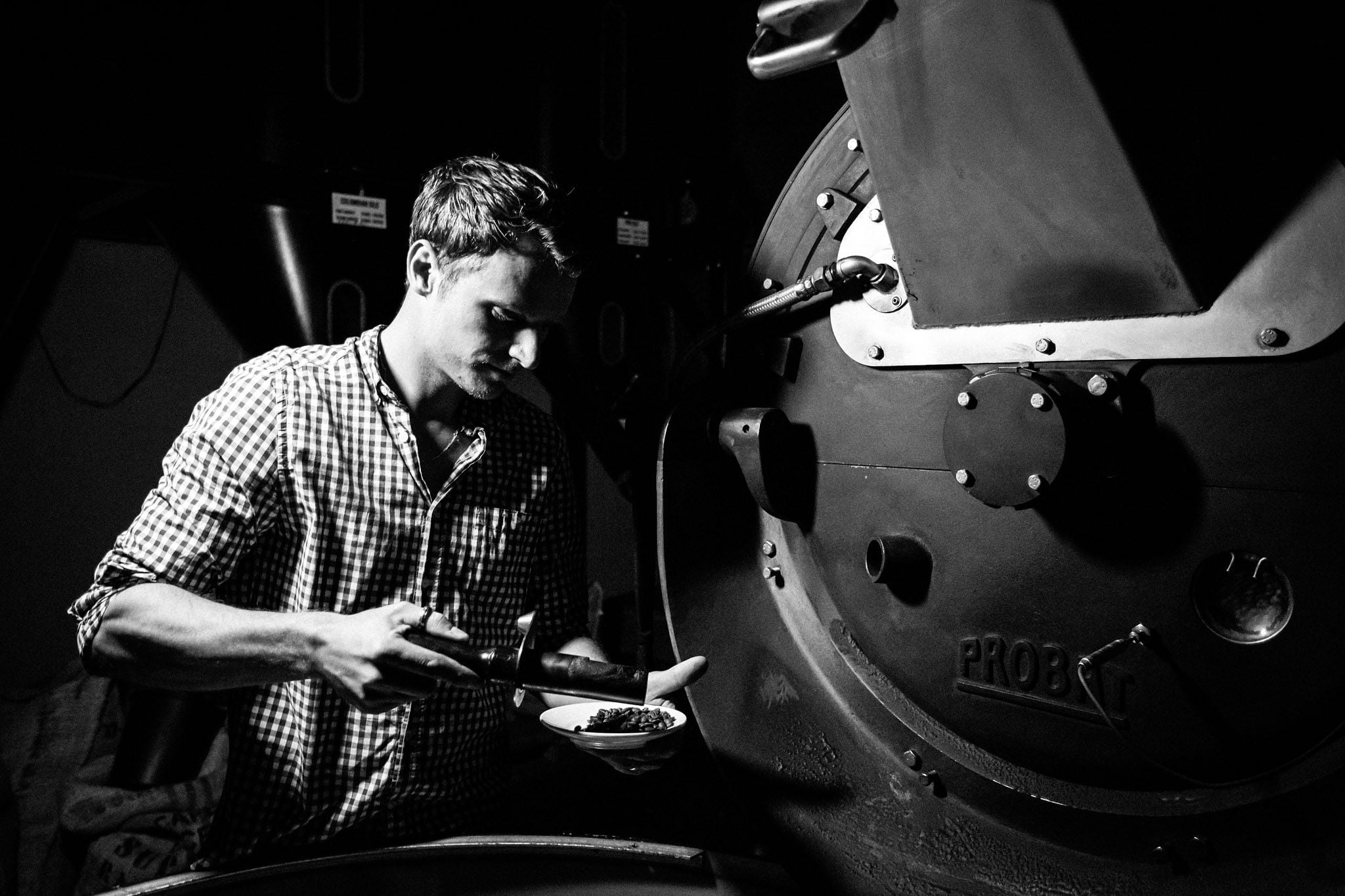Types of Coffee Roast & Flavour Pt1
Posted by Andrew Scrivens on 26th Sep 2019
Why the type of coffee roast matters to you…
You know the saying, “one man’s pleasure is another man’s poison?” Well, this couldn’t be more on point when it comes to the touchy issue of how to optimally roast coffee. Rewind just a decade or two and just about every cafe was serving you medium-dark roasts that were typically described as strong or gutsy. Nowadays, there is a growing trend towards roasting lighter with an emphasis on the more subtle flavours associated with earlier stages of the roast process.
The natural tendency is to ask, “well, which is the better method?”
Yet, rather than picking just one side and getting it tattooed on my wrist, as a professional roaster I prefer to ask the question: “what is the right tool for the job?“.
The longer I spend in the coffee game, the more I realize one truth: your coffee tastes are your fingerprint and that’s ok! The beauty of coffee lies in its diversity and complexity. No one owns coffee as a subject and ultimately, only one thing matters: are you enjoying yours as much as you can be?
There is truly a coffee for everyone and as a head roaster, I see my that my real job is to understand how the different types of coffee roast cause flavour changes when roasting different green beans.
Rather than join the debate, why don’t we investigate the effect that different roasting styles have on coffee flavour. It is my hope that you will come to recognise where your preferences lie, leading to informed decisions and an improved daily coffee experience!
What are the different types of coffee roast?
Around the world, coffee is roasted within a predictable range to suit the various brewing methods and preferred flavours in different regions. Within this range, there are common checkpoints that we give names to because they represent certain desirable flavour profiles.
Of course, just to confuse the matter, different roasting companies have developed their own names for these checkpoints and you could be forgiven for throwing your hands in the air at the lack of consistency.
What we’ll do is briefly cover these checkpoints in the roasting process and clear up the common definitions.
Light-roasted (filter, vienna, cinnamon, new england)
The earliest roast level that coffee is typically consumed at occurs on the verge of first crack. This stage is characterised by an increase in the rate of colour-change and the first of two exothermic (sorry, I’ll put a dollar in the big-word jar) phases where the inner temperature of the bean reaches a threshold above the level of the roasting environment causing micro- explosions of air and heat to leave the bean.
At Aromas we call this level Vienna Roast.
City-roast (Mocha roasted, medium, regular, American)
Still with me? Roughly 30 seconds later we are well into the first crack and the sound of cracking is at its peak, similar to pan frying at high heat. Beans roasted to this level start to lose their grain-like qualities and can take on more biscuit/toast characteristics.
At Aromas we call this level Mocha Roast.
Full-City-roast (Supreme roast, light-french, light espresso, continental)
The next phase, (typically 1 -5 minutes depending on the aggressiveness of your heating) sees the beans return to an endothermic state (make that $2 in the jar) and the cracking stops completely. The rate of colour change continues to accelerate and any remaining chaff (a peeling, dry layer of skin from the bean) burns away at this point. Also, the surface of the bean is becoming increasingly smooth as the bean expands due to it’s approaching a second exothermic phase ($3! Seriously, who can afford to blog?)
At Aromas we call this level Supreme Roast.
Espresso roast (Caramel, medium-dark, french, neapolitan, heavy)
Remember I mentioned the cafe-scene a decade ago? Well, this was the roast level considered to be the standard. At the Espresso Roast stage, we are entering the second crack, which is the second phase (whose name I can’t afford to mention). The beans are now a darker shade of brown with little to no chaff and a smooth surface. From here on the beans will secrete oils on their surface.
At Aromas we call this level, Caramel Roast.
Dark Roast (Italian, Dark French, Spanish, Dark espresso)
Second crack continues at a much higher intensity than earlier and the rate of roasting is very rapid, to the point that you must be very careful not to burn the beans. They will become increasingly dark and oily, expanding rapidly and losing mass rapidly as well.
At Aromas we call this level, Dark Roast.
